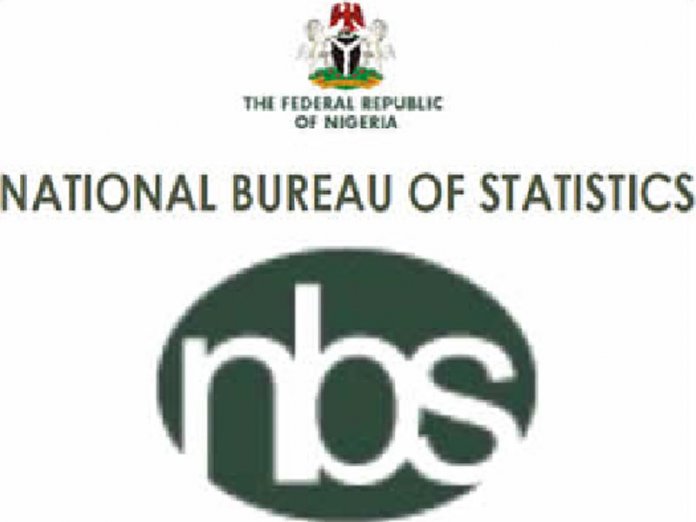
More than 83 million Nigerians are currently living below the national poverty line, according to the National Bureau of Statistics (NBS).
The national poverty line is determined by adding the food poverty line and the cost of non-food basic needs.
The NBS said with the value of the poverty line set at N137,430 per person per year, individuals living in households whose per capita annual consumption expenditure is below the threshold are regarded as poor by national standards.
According to the 2019 Poverty and Inequality in Nigeria report published Monday by the statistical agency, the highest poverty rate was recorded in Sokoto State which accounted for 87.73 percent while the lowest rate was in Lagos at 4.50 percent
It, however, pointed out that Borno had been excluded from the study as the sample collected was not representative of the whole state because some parts could not be accessed obviously as a result of the insecurity challenges bedeviling the region.
The NBS further stated that urban poverty index stood at 18.04 percent while the rural poverty rate is estimated at 52.10 percent.
The report also estimated the country’s current national inequality index (Gini coefficient) at 35.1 percent with the urban and rural indexes accounting for 31.9 percent and 32.8 percent respectively.
The Harmonized Nigeria Living Standard Survey (HNLSS) 2009/2010 previously published by the NBS had put the country’s poverty index at 69.0 percent.
Also, in October 2018, the United Nations Development Programme (UNDP) in collaboration with the NBS released the Nigeria Human Development Report 2016, which estimated Nigeria’s poverty index at 53.7 per cent.
But the statistical agency cautioned that it is technically impossible to compare the current poverty levels (2018-2019) with the 2003-2004, 2009-2010 outcomes- as the methods of data collection are not similar.
The Statistician-General/Chief Executive, NBS, Dr. Yemi Kale, said the accuracy and cost effectiveness introduced in the 2019 survey made data and statistics from previous poverty reports incomparable.
He said:”The 2019 study is accordingly treated as a base study and any comparisons with previous poverty studies should be treated with caution.”

